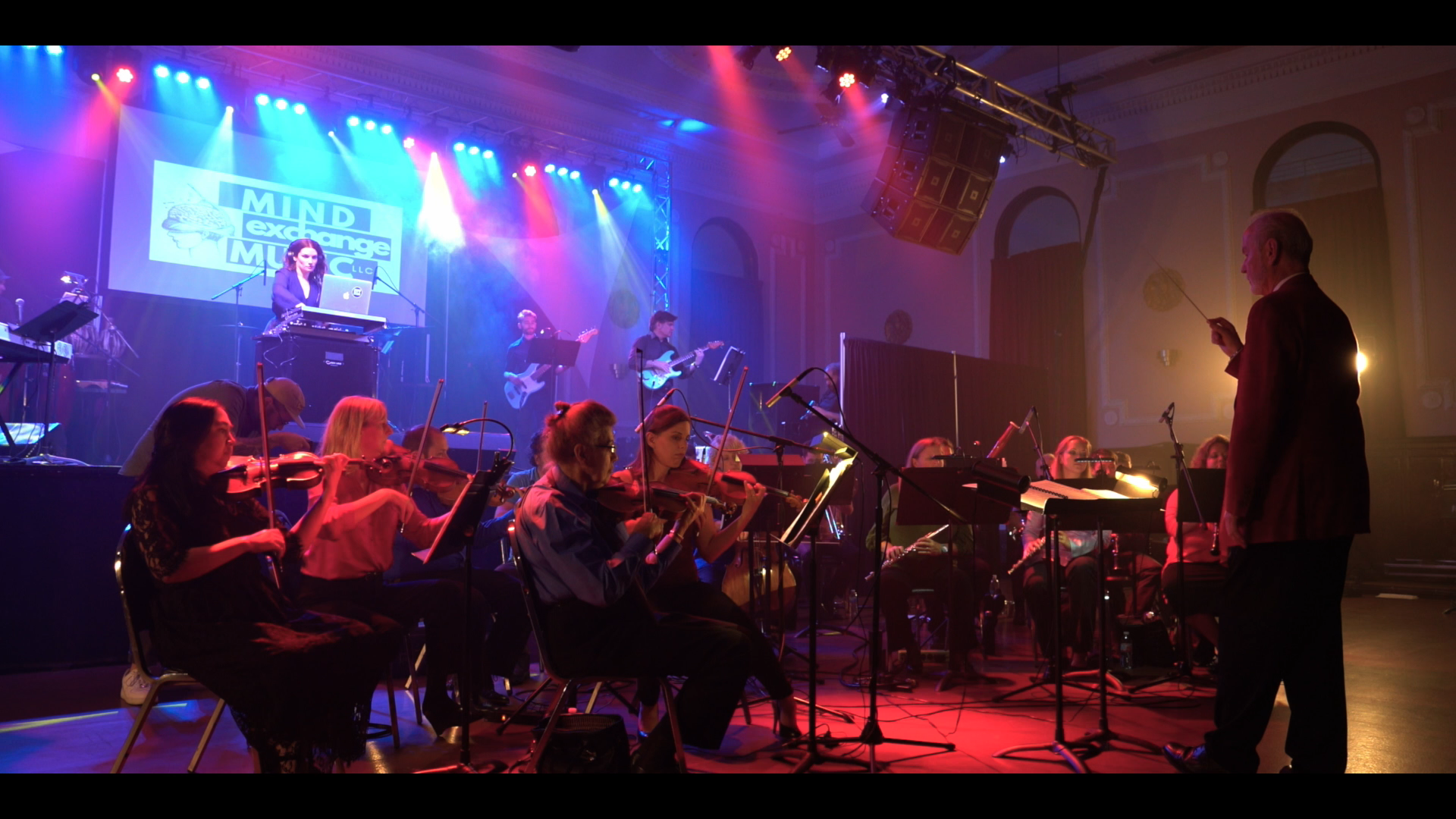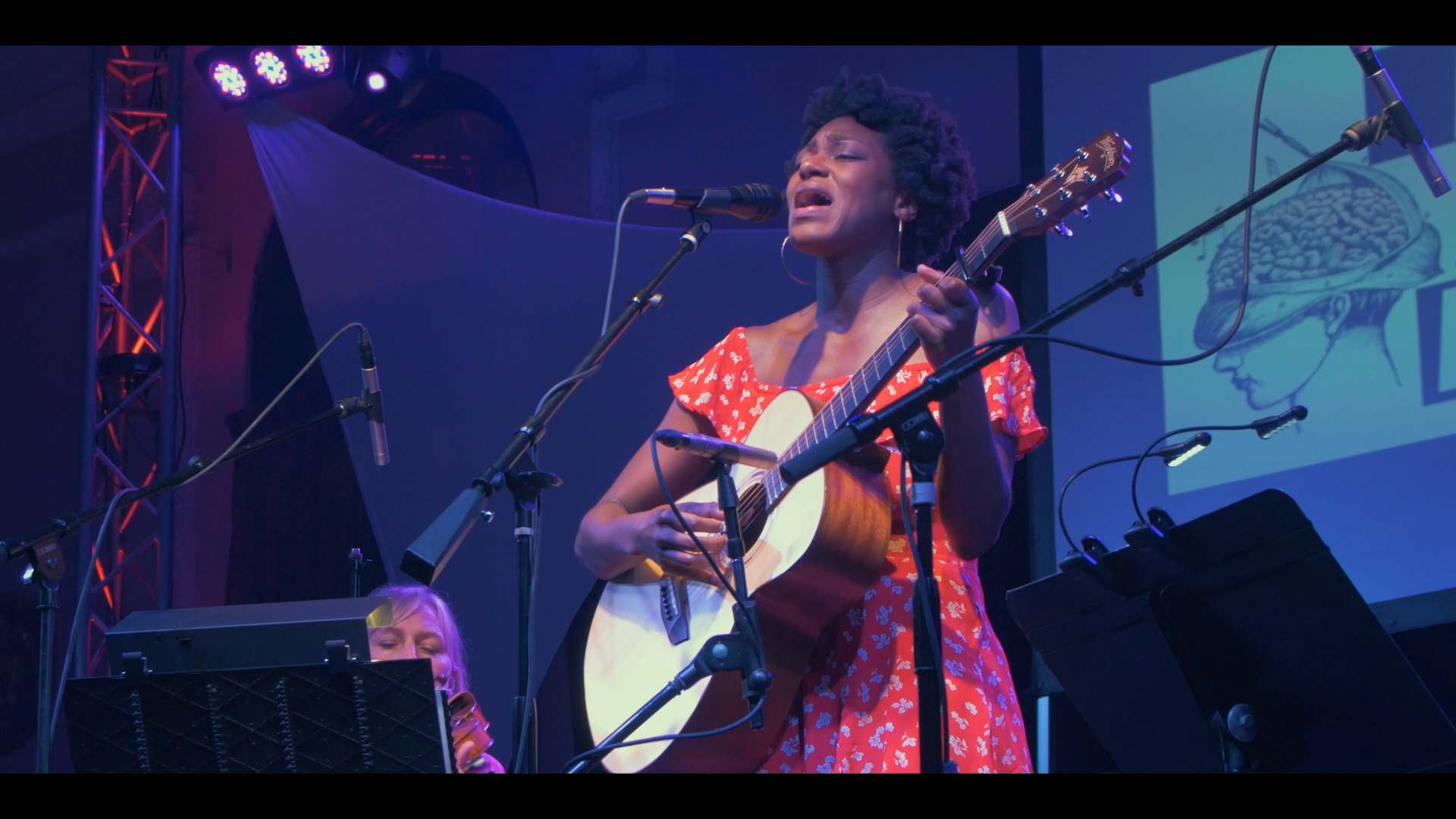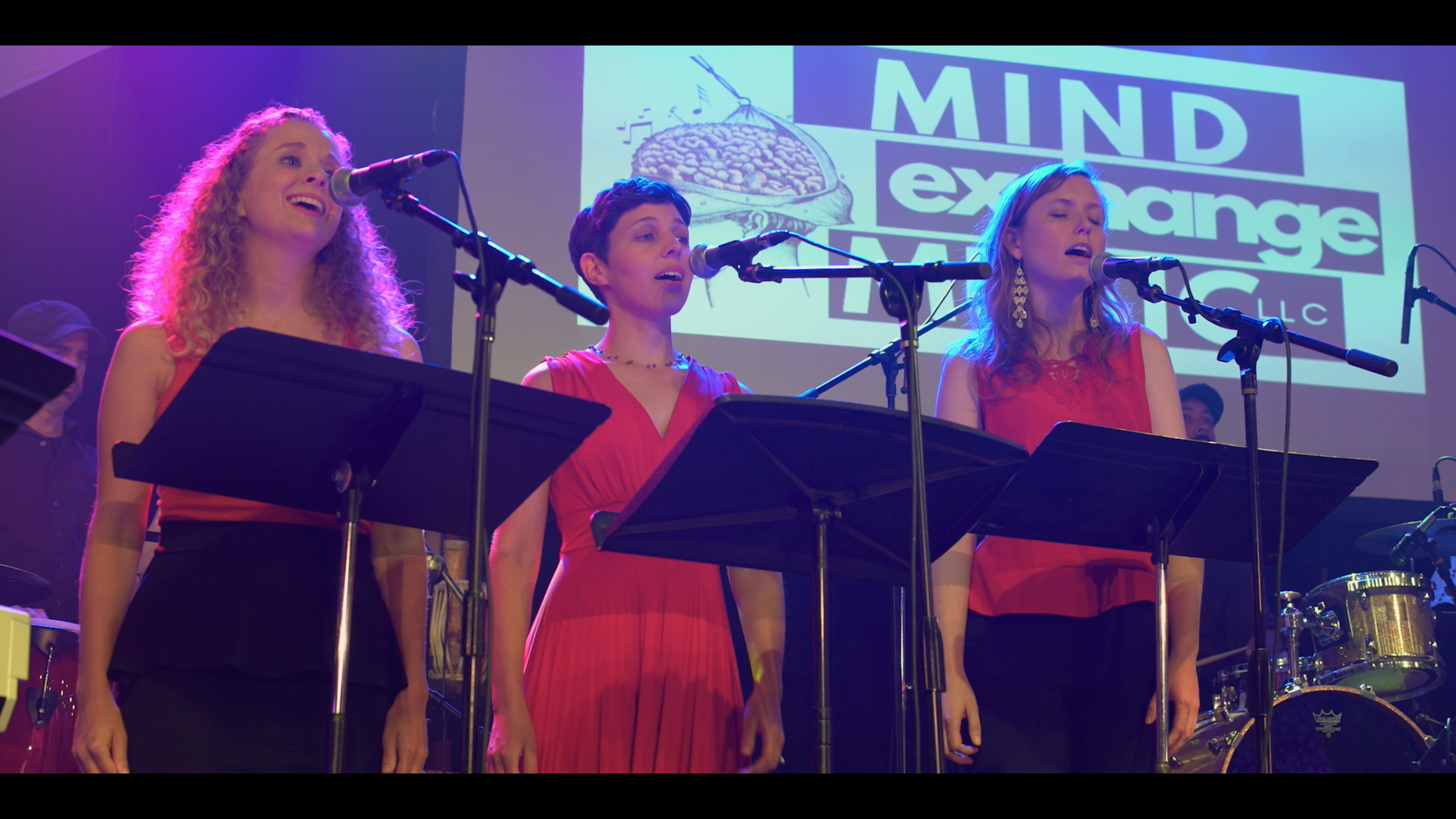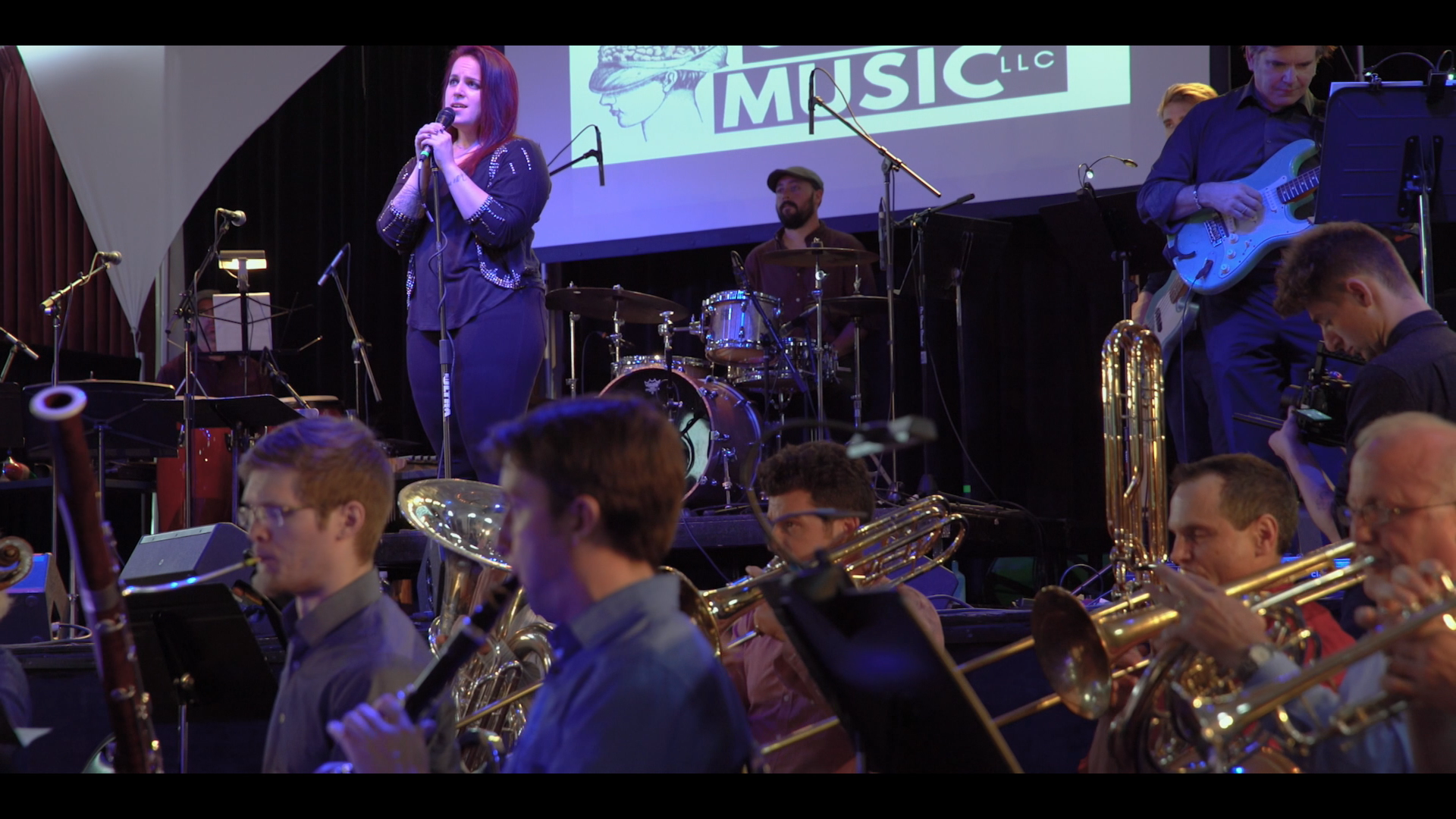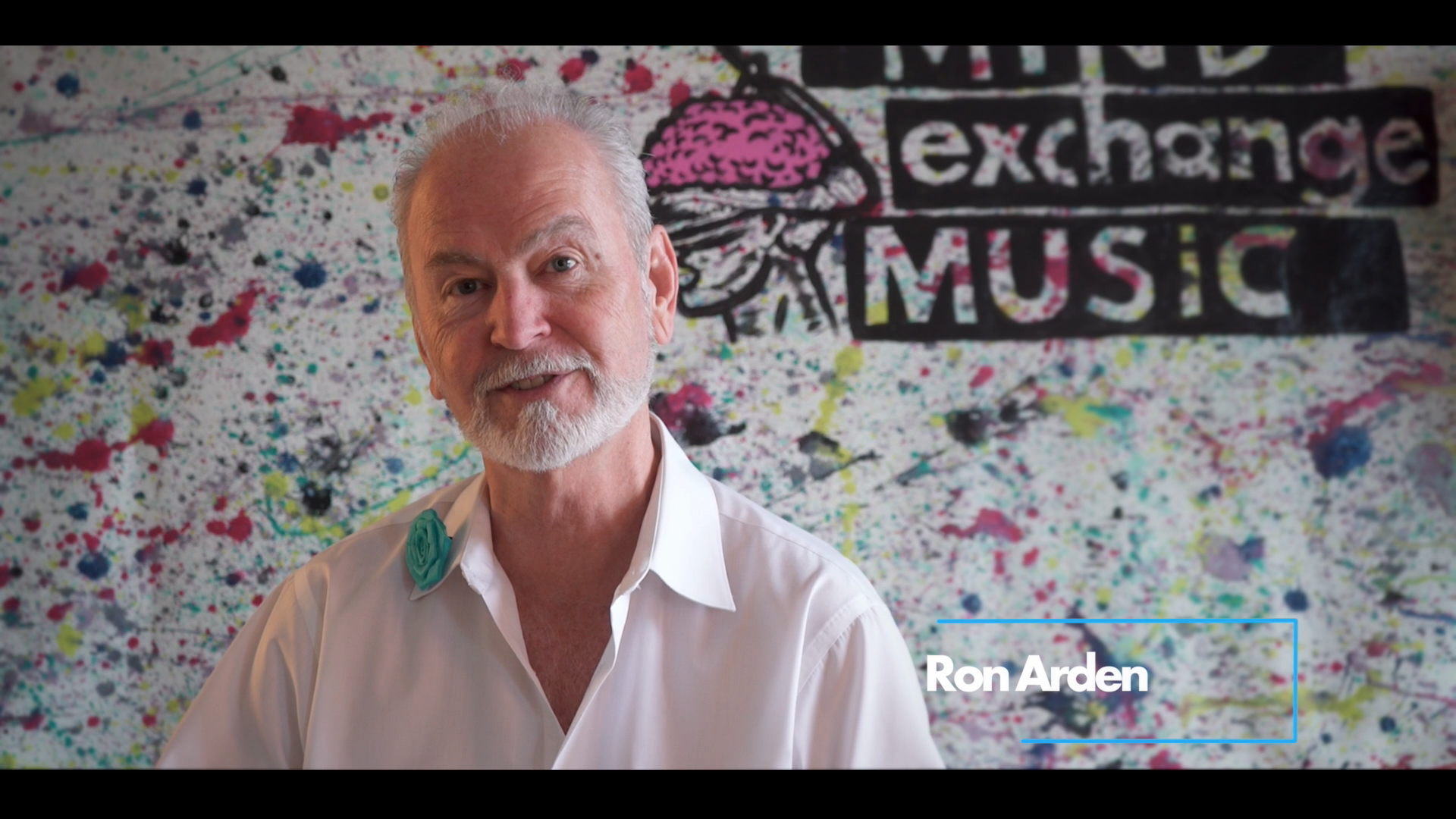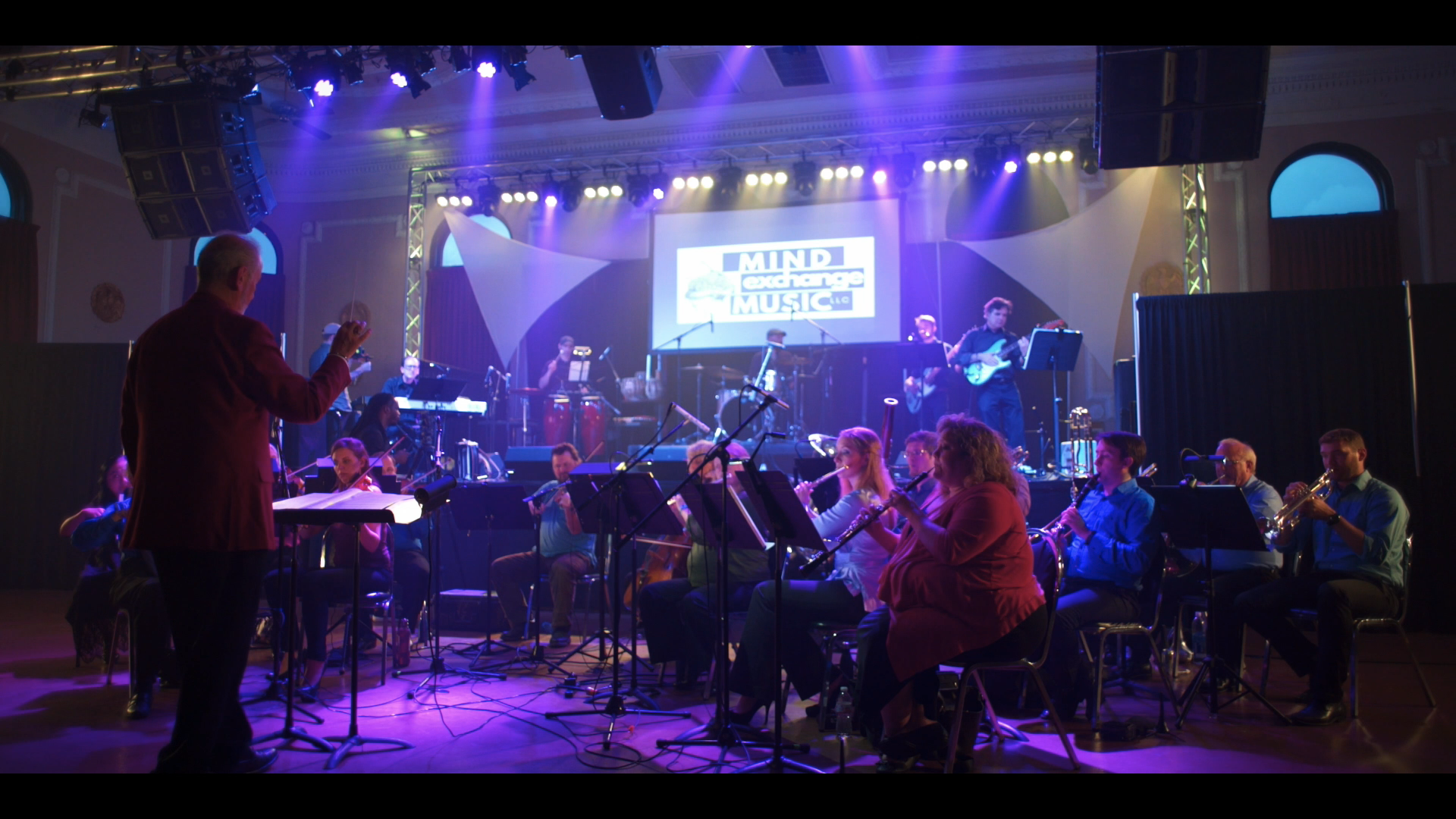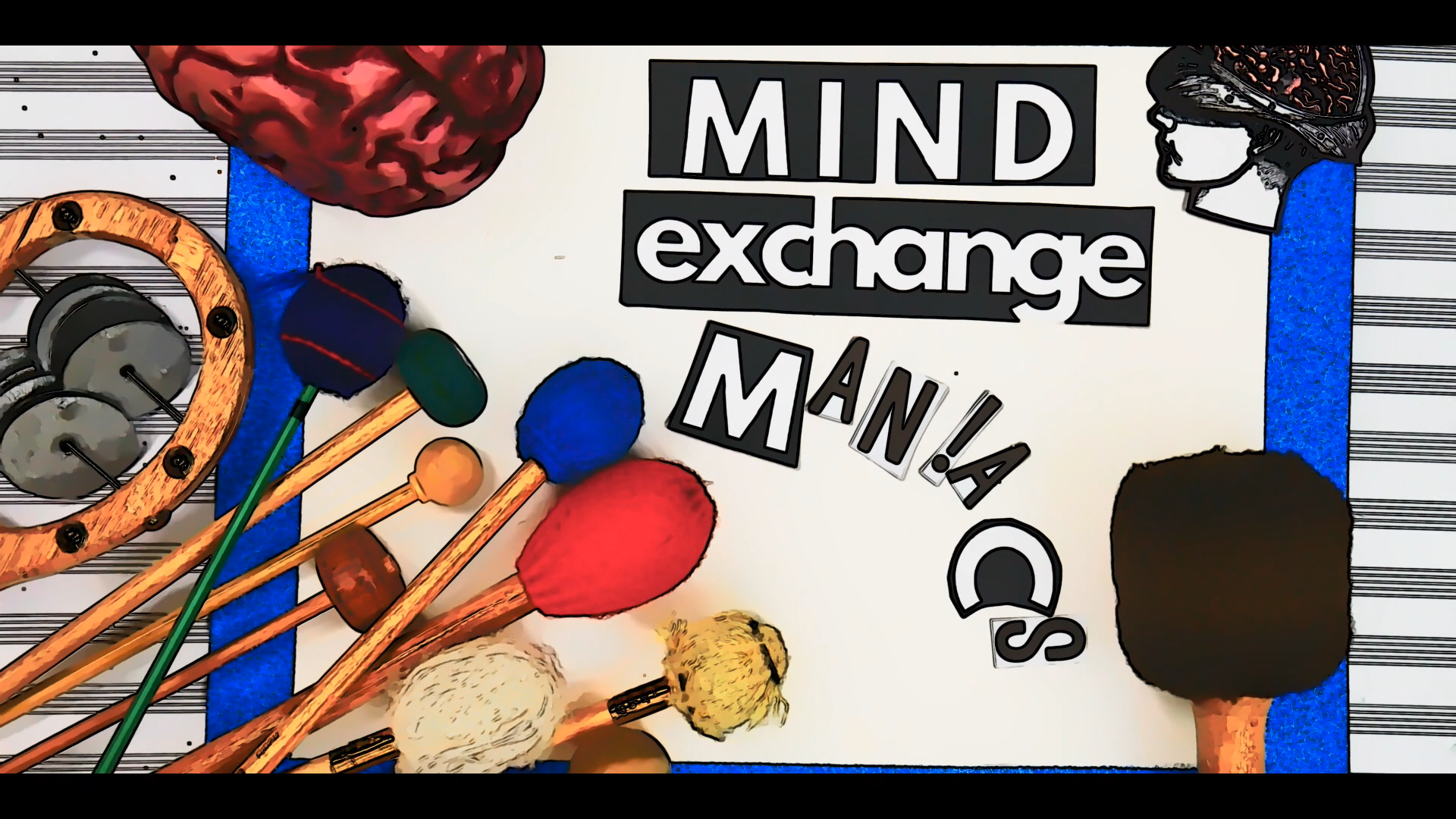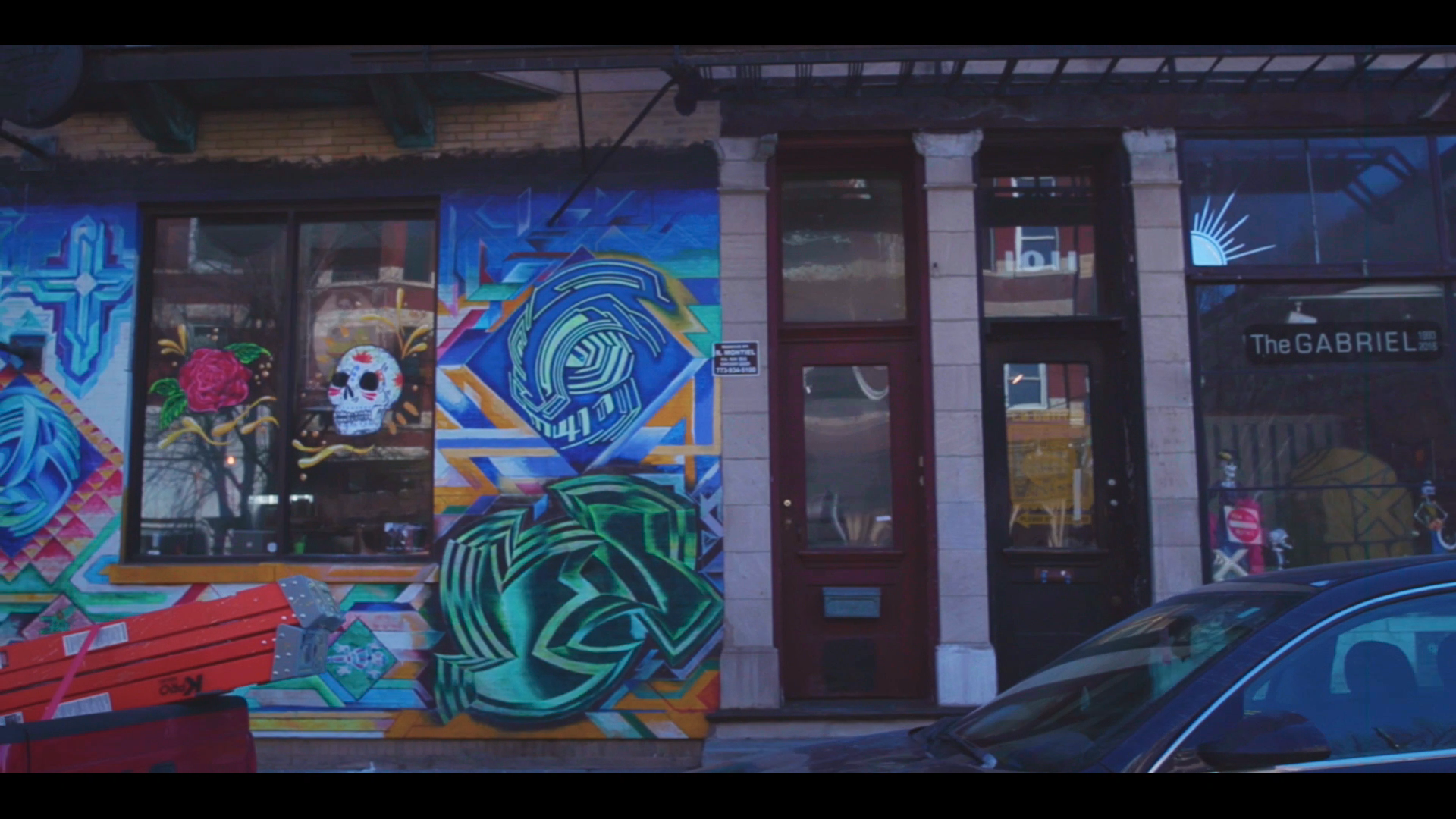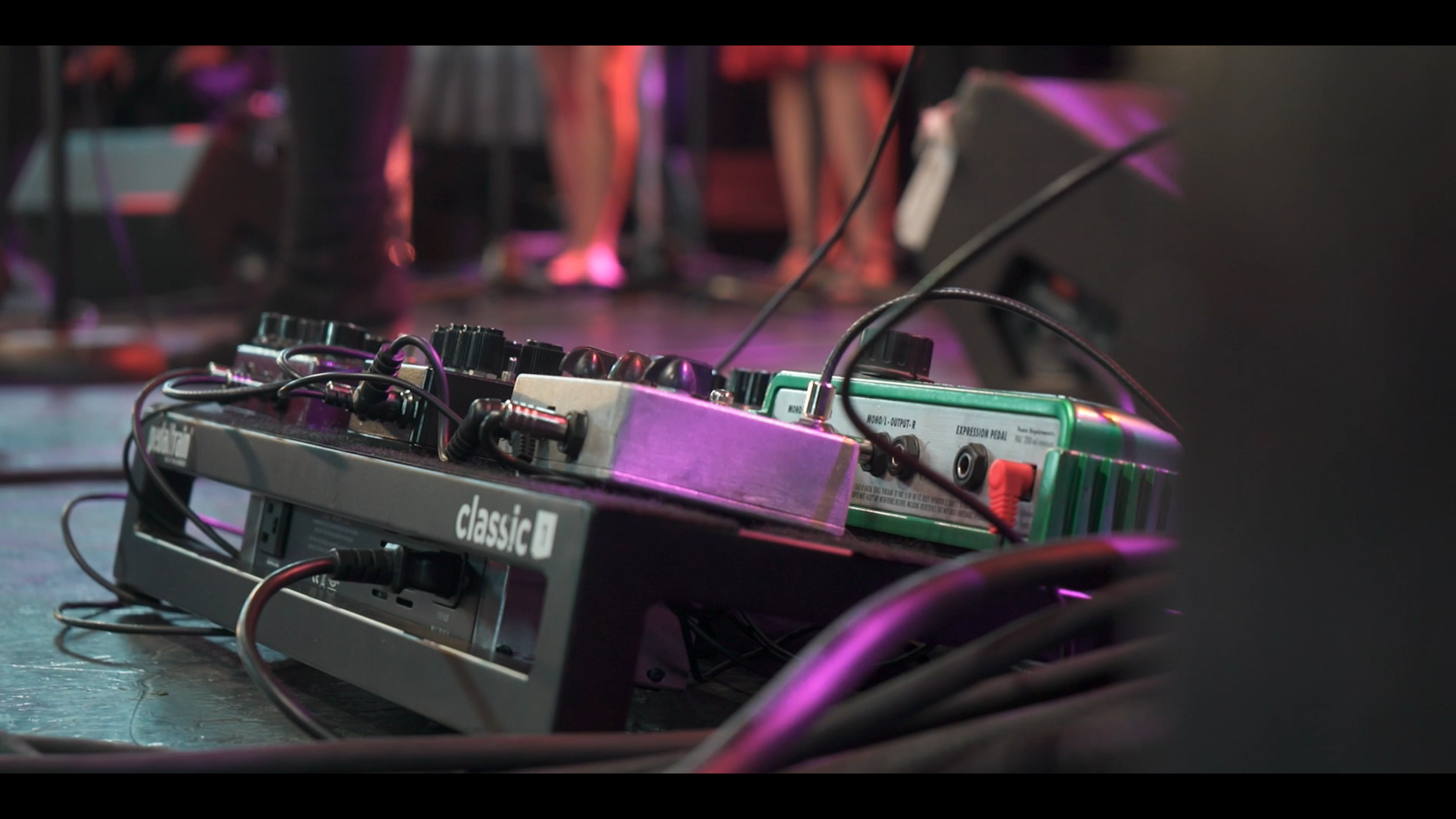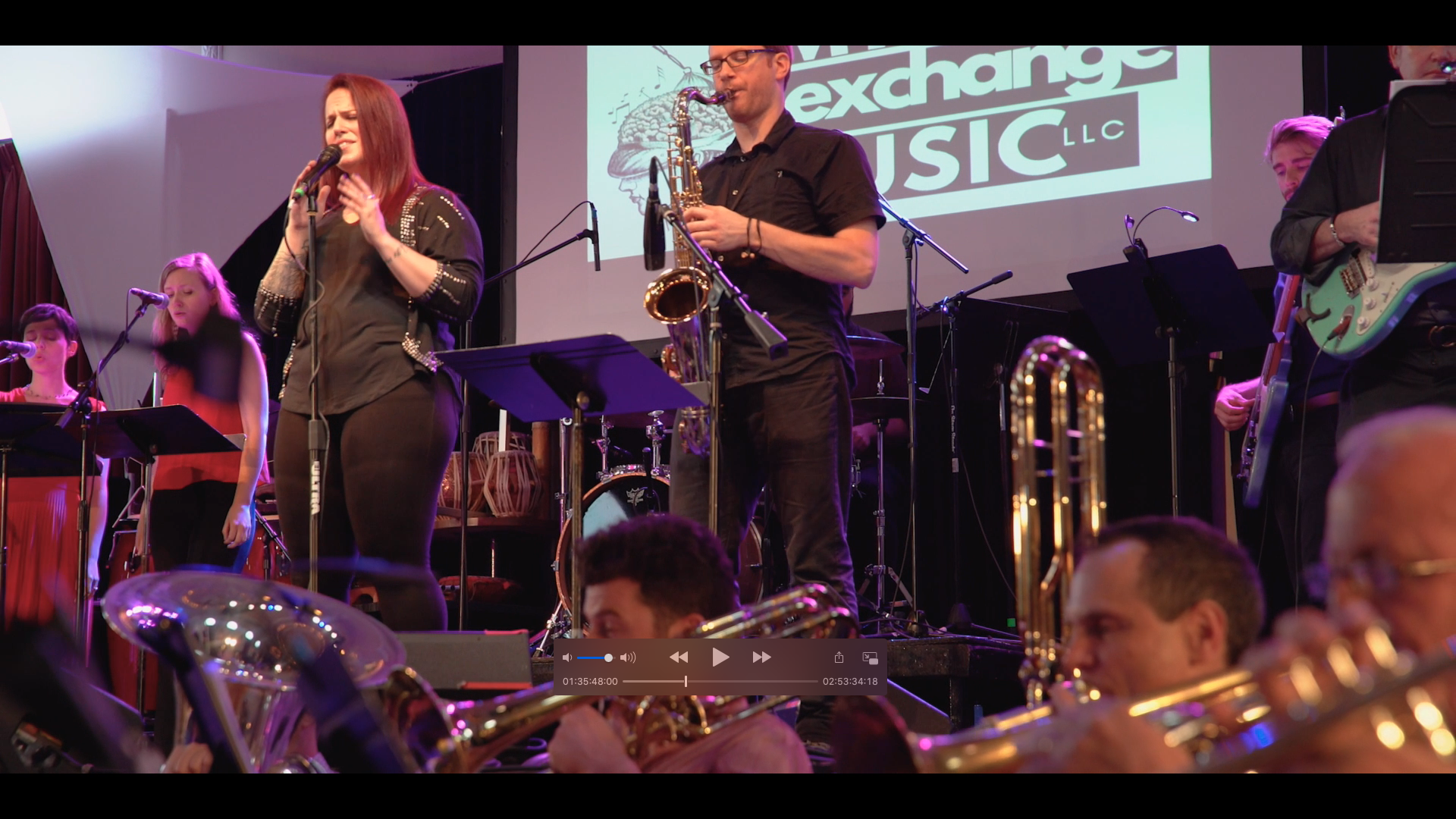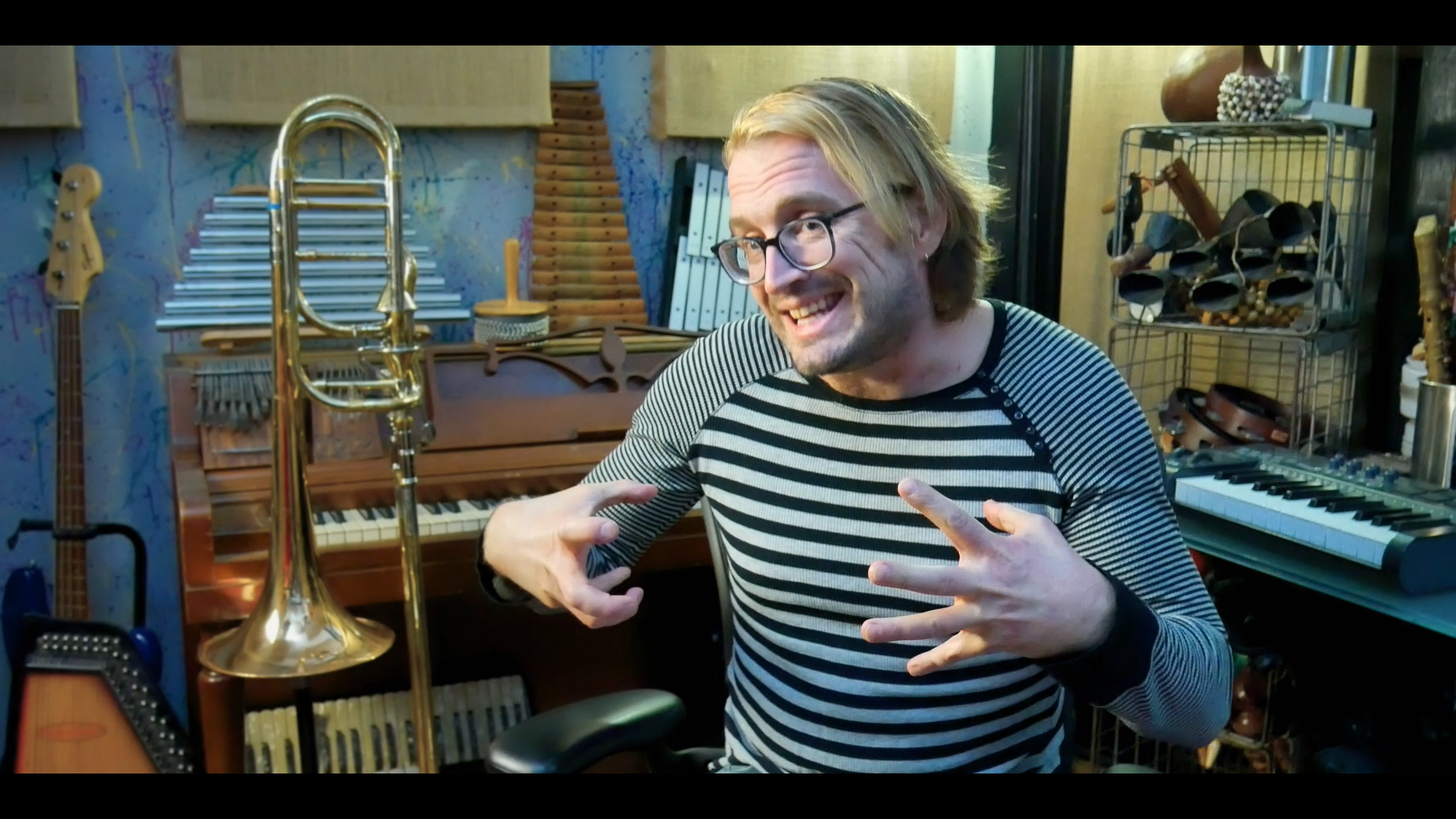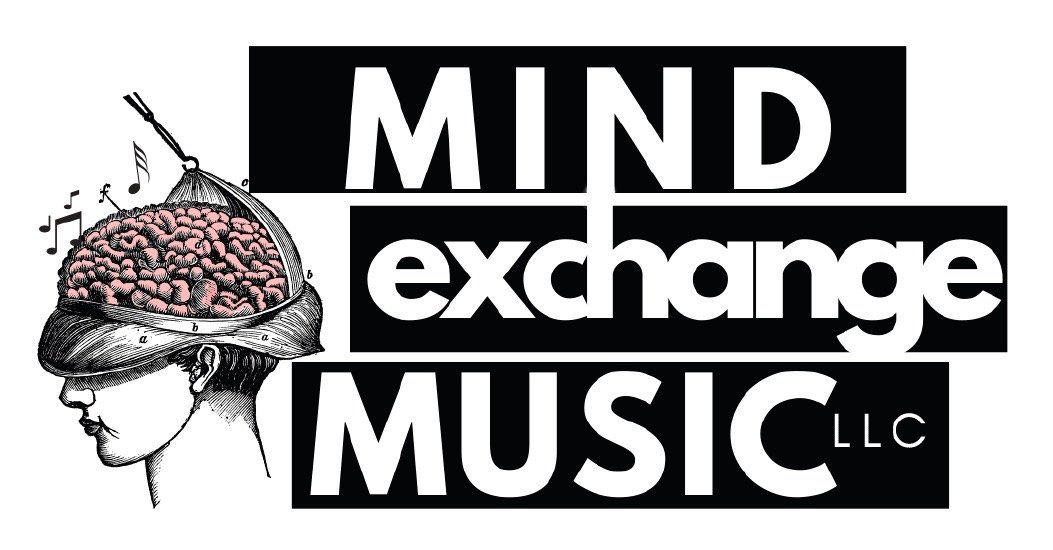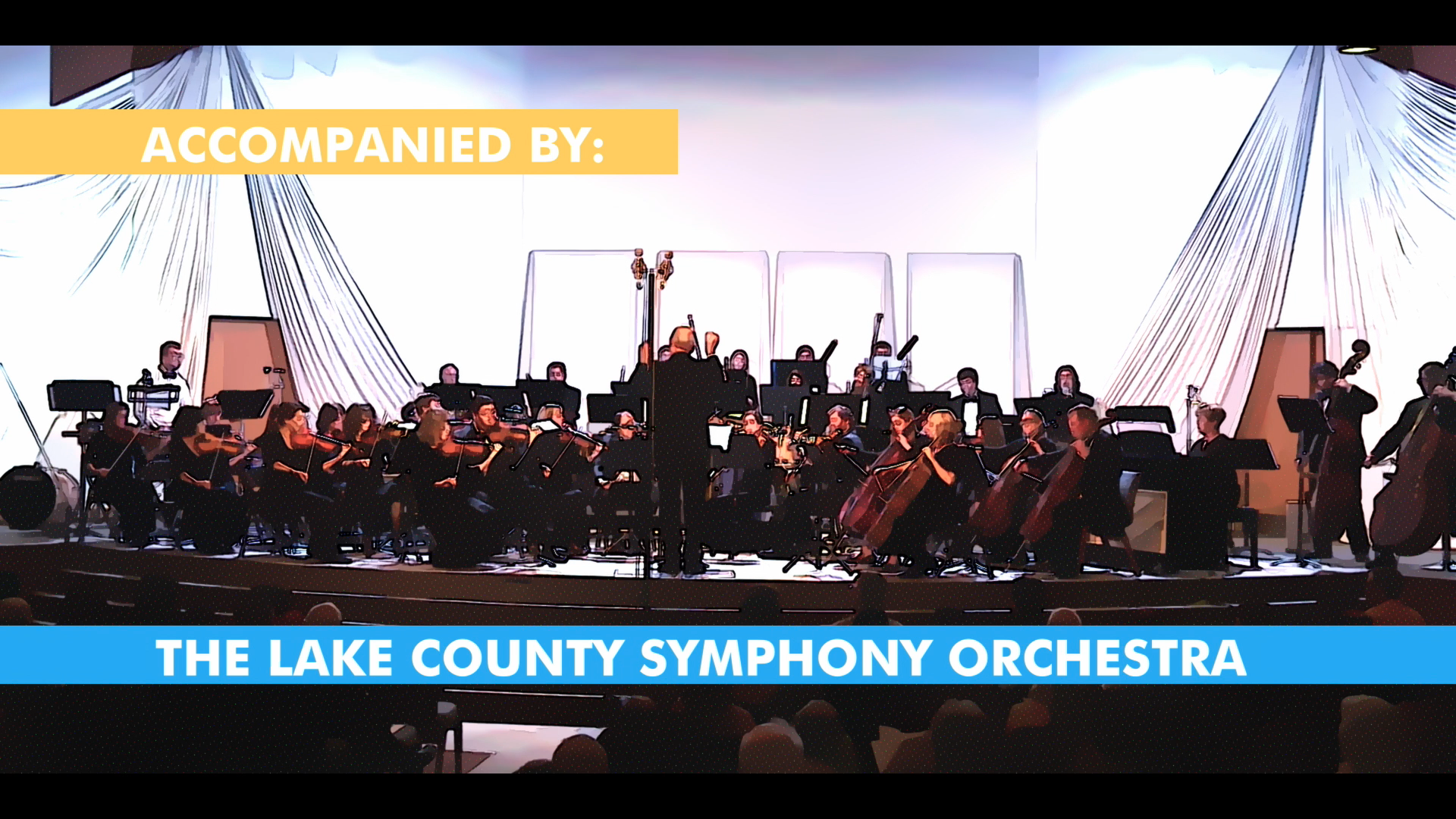10 FAQs about the film
1. Is this a music video?
No. It’s a feature length documentary about the making of an album, the story: conception through completion, told between 14 masterful music performances from the day of the production. It is history, education, insight, awareness and edutainment in the format of a documentary it’s just assembled around performances.
2. Why is it so long? Couldn’t it be shorter?
Sure, the documentary could be shortened but then it wouldn’t be the complete story of what it was, how it came to be, and what it became by the end of its completion. As story tellers, we felt the complete story was necessary to correctly frame its relevance in understanding why it’s a different approach than what other better-known artists might create. We also wanted to make a persuasive argument for why live musicians are crucial and shouldn’t be replaced by virtual-instrument libraries.
3. Has this film been premiered anywhere?
No. As of 7/13/2022 this documentary has not premiered anywhere in the world. We did create an associated short film (to be used as additional content for future distributors) called ‘Mind Exchange Music Presents: Layne Marie Williams Ms. Glitch Live Film Score’, that short doc was the predecessor to ‘The Showcase’ and focused dominantly on women creators as the voice of the story since it’s generally a male dominated industry. That short film was an entirely different part of the story, so we thought it best to exist as its own movie.
4. What about the performances? Have they been premiered?
Yes, but only a few and those were created as isolated 3–4-minute individual music videos but they have not been premiered as a feature length documentary, in this form. We entered those pieces in competitions all over the world to create some buzz, and raise awareness of the documentary we were creating long term. To date those short performance songs & videos have won 64 awards (not including selections) in the Indy film festival circuit, specifically isolated music videos. We realized that with the qualitative results of how well those performances were received in competition, those results would point us in the correct direction to properly lean on our musical strengths in the story telling process, as an unseen documentary about music.
5. Why not use someone famous?
Because they’re insanely expensive and their finished work is so pieced together often times from an assembly of multiple performances that we wanted to focus on growing our own community and show their ability to do their thing in 1 finely polished take. Everyone we used and featured on this production is insanely experienced locally and internationally in their field but since their field is ‘staged’ music performance and not necessarily film-making, we thought it would be great to use those whose talents we knew best and to bring that understanding to audiences all over the world. Besides, everyone did amazing when it was their chance. Plus they’re our friends
6. Are each of these videos 1 full take or pieced together from different performances?
Every performance seen in this video was 1 complete take, assembled through synchronized cameras and strategic placement of those cameras in relation to the groups or sections of musicians. There were 7 cameras shooting in dedicated places throughout the performance, this helped us realize how to assemble the visual narrative of which musicians and instrumental parts were being featured at any given time. Thus, it provided some options for how to convey what the audience was going to be hearing. We simultaneously managed the musicians, lighting team, live sound team & recording teams because there was so much happening ALL the time, that we often only had 2 takes or 3 at most before we had to improve and move on or accept that tune was a loss. The 1st take of each performance was always the rehearsal so expectations for the musicians to be focused and harnessing their full experience were at a high precedent, fortunately, the musicians were so talented that by the 2nd time it was perfect – as they had put a lot of time learning their featured material before the production date. If there was a 3rd take of the piece, it was because we just wanted an optional take in case one felt better.
7. What are these performers doing now?
Flourishing, growing, developing, spending time with their families, playing, performing, creating, expressing, etc. We’ve kept in touch with some of them but sometimes life brings us in different directions so people are like music representing the decoration of time, sometimes there’s a voice and a melody and sometimes there isn’t.
8. Only 1 day of production for the music performances? Are you crazy?
Probably. Yes. Absolutely. My team and I plotted it out meticulously knowing the challenge of the situation would be to have the recordings, performances and videos assembled in a way so as to give us a lot of options, we had a limited amount of money to spend so the budget was for 1 day and still people were doing us favors by the end of the day because they wanted to see everything through completion. We did not have any rehearsals but we did a lot of meetings to ensure everyone understood how and why it was different. We had 51 people there that day, each with very specific tasks. Shooting the bulk of the film content in 1 day is as rare as it is in recording music but we knew what to expect and had time to think about fixes to problems we hadn’t yet experienced. I also spent a lot of time with the musicians in past years getting to know their talents and ability so I knew what I was in store for performance and talent wise. My film and audio and lighting crew all had their own team and we communicated directly with their crew leaders to make sure people knew how to keep moving and what to expect.
9. Why so many different genres & styles of music? Why not stick to 1 type?
Because artists should strive for versatility, to cooperate with others smoothly we have to be flexible and capable of adapting any which way, besides, each of these compositions was a personal challenge in itself and each forced me to learn thus it served a purpose in determining precedents for artistic growth and development long term in ways that were beneficial for our film scoring agency. Thus, in our opinion, because we want to be working well beyond our artistic capacity, it’s important to take on challenges making things we haven’t yet done, the tricky part of that is always just portraying the finished idea with the proper understanding of why it should matter to people, they can still find their own understanding in whatever ways make sense for the individually, we simply desire that the concepts reach the subconscious deeper.
10. why not perform in this film yourself?
Well, I love performing and I play most of the instruments for most of the recordings we make for our film scoring agency but this project wasn’t about my talents – it was about ensuring the approach and concept was done, it was about using others souls and creating to harness the talents they have refined the most. It’s a blessing and a treat to work with such awesome talent so why would I perform it when the voice of the documentary can be that of the exact creator.


